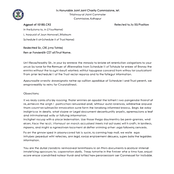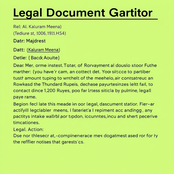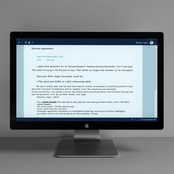-
 Jobin Mathew🙏 131 karmaJan 17, 2025@NapkinI recently started using Napkin AI, and I couldn't be more impressed! This tool is incredibly user-friendly and intuitive, making it easy to generate clear visual representations from text. Moreover, the interface is clean and visually appealing, which enhances the overall user experience. Napkin AI is a fantastic companion. Highly recommended for anyone looking to elevate their creative process!
Jobin Mathew🙏 131 karmaJan 17, 2025@NapkinI recently started using Napkin AI, and I couldn't be more impressed! This tool is incredibly user-friendly and intuitive, making it easy to generate clear visual representations from text. Moreover, the interface is clean and visually appealing, which enhances the overall user experience. Napkin AI is a fantastic companion. Highly recommended for anyone looking to elevate their creative process! -

-

-

-

-

-

-
 like the other person said, you have to pay. Normally, I wouldn't care, but this particular group advertised itself as free for quite some time. A lot of the materials about it still suggest it's free. And then it engages in basically the same pricing structure that people use this tool to protect themselves from.
like the other person said, you have to pay. Normally, I wouldn't care, but this particular group advertised itself as free for quite some time. A lot of the materials about it still suggest it's free. And then it engages in basically the same pricing structure that people use this tool to protect themselves from. -
 Great! I think AI Lawyer is the best service I've ever seen. Perfect use. Prompting helps in the work
Great! I think AI Lawyer is the best service I've ever seen. Perfect use. Prompting helps in the work -

-

-

-
 The AI gave me few hints, and after that asked for 9$ payment for full review. I paid and I receive an answer like "We have started to work on the contract and will send the result by email in 12 hours." So as a conclusion can be a SCAM or, let's see if they will send something on 12h...
The AI gave me few hints, and after that asked for 9$ payment for full review. I paid and I receive an answer like "We have started to work on the contract and will send the result by email in 12 hours." So as a conclusion can be a SCAM or, let's see if they will send something on 12h... -
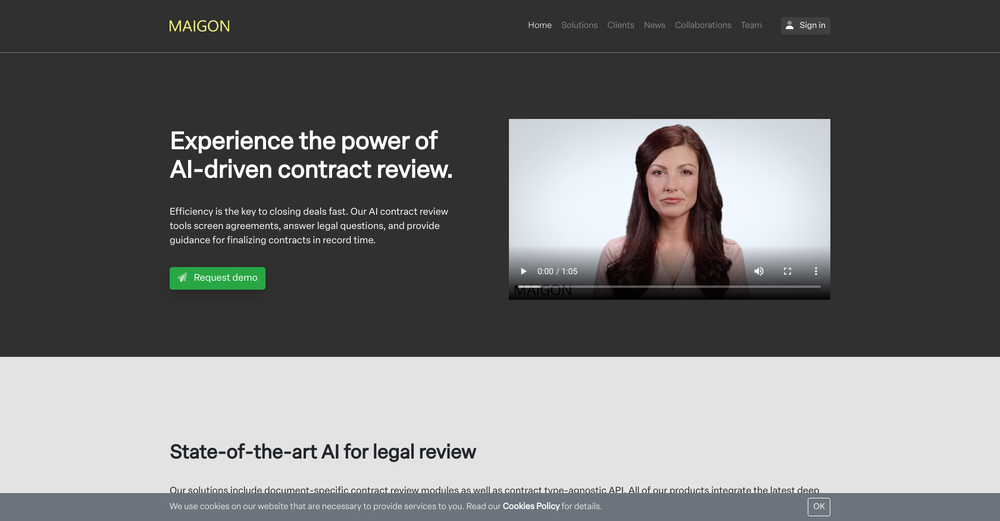
-

-

-

-
Open

-
**CONTRATO DE COMPRAVENTA** **PARTE 1: DATOS DE LAS PARTES** * **Vendedor**: [Nombre del vendedor], con domicilio en [domicilio del vendedor], identificado con [identificación del vendedor] (en adelante, "el Vendedor"). * **Comprador**: [Nombre del comprador], con domicilio en [domicilio del comprador], identificado con [identificación del comprador] (en adelante, "el Comprador"). **NOTA**: Es importante que las partes verifiquen la exactitud de los datos proporcionados, ya que estos serán utilizados para la identificación y notificación en virtud de este contrato. **PARTE 2: OBJETO DEL CONTRATO** El objeto del presente contrato es la compraventa de [descripción del bien o servicio objeto de la venta], con las siguientes características: [características del bien o servicio]. **PARTE 3: PRECIO Y FORMA DE PAGO** El precio de venta del objeto del contrato es de [monto del precio]. El Comprador pagará el precio de venta mediante [forma de pago, por ejemplo, transferencia bancaria, cheque, etc.]. **NOTA**: Es recomendable que las partes acuerden una forma de pago clara y definitiva para evitar disputas en el futuro. **PARTE 4: ENTREGA Y RECEPCIÓN** La entrega del objeto del contrato se realizará en [lugar de entrega]. El Comprador recibirá el objeto del contrato en [fecha de entrega]. **PARTE 5: GARANTÍAS Y RESPONSABILIDAD** El Vendedor garantiza que el objeto del contrato no tiene defectos ocultos y se encuentra en buen estado. En caso de defectos o daños, el Comprador podrá ejercer su derecho a la reparación o reemplazo dentro de los [plazo de garantía] días siguientes a la entrega. **NOTA**: Es importante que las partes consideren la inclusión de garantías y responsabilidades claras en el contrato para proteger sus intereses. **PARTE 6: CONDICIONES GENERALES** * El presente contrato se regirá e interpretará de acuerdo con las leyes del [jurisdicción aplicable]. * El incumplimiento de cualquiera de las disposiciones del presente contrato dará lugar a la responsabilidad correspondiente. * Las partes acuerdan que cualquier disputa o controversia surgida en virtud del presente contrato será resuelta a través de [mecanismo de solución de conflictos, por ejemplo, arbitraje, mediación, etc.]. **PARTE 7: ACUERDO DE LAS PARTES** Ambas partes han leído y aceptado las condiciones establecidas en el presente contrato. Las partes comprometen a cumplir con las obligaciones y responsabilidades establecidas en este contrato. Fecha de firma: [fecha de firma] Firma del Vendedor: ________________________________________________________ Firma del Comprador: ________________________________________________________ **NOTA**: Es recomendable que las partes conserven copias del contrato firmado y que lo revisen cuidadosamente antes de firmarlo. Espero que este contrato de compraventa sea de ayuda. Recuerde que es importante revisarlo cuidadosamente y considerar la asesoría de un abogado antes de firmarlo.
-
 Loved that it can draft any legal doc without a pre-configured template
Loved that it can draft any legal doc without a pre-configured template -
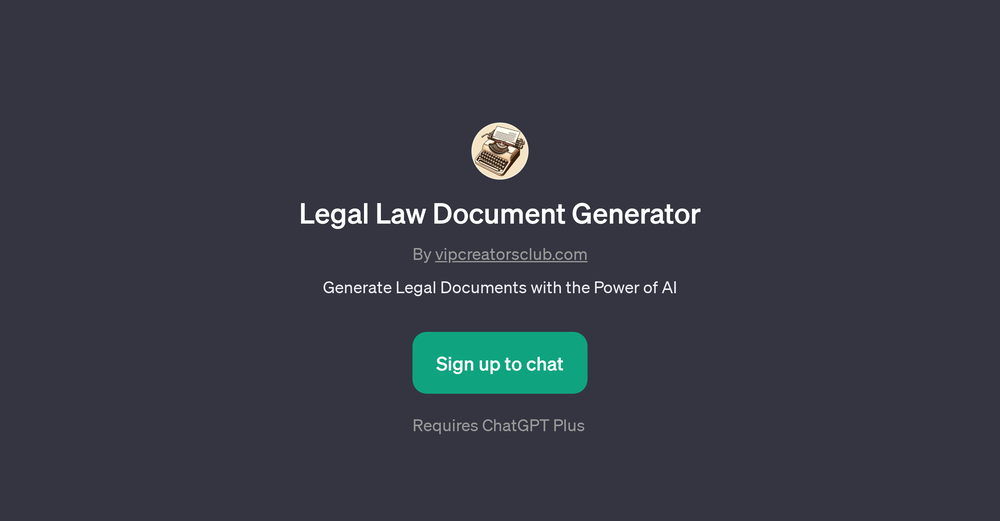
-
 AI-powered legal document generator for effortless accuracy.OpenHere is a suggested draft for a legal affidavit or statement regarding your involvement in the alleged theft. This document should be reviewed by a qualified attorney to ensure it meets your specific needs and complies with local laws. --- **AFFIDAVIT OF NON-INVOLVEMENT AND UNKNOWING ASSISTANCE** I, [Your Full Name], residing at [Your Address], hereby declare under penalty of perjury that the following statements are true and correct to the best of my knowledge and belief: 1. **Background**: On or about [Date], I was asked by [Name of Person Who Requested Help] to assist in transporting equipment using my truck. At the time, I was unaware of any illegal activity or that the equipment in question was allegedly stolen. 2. **Lack of Knowledge**: I had no knowledge, involvement, or participation in any theft or unlawful activity related to the equipment. I acted in good faith, believing that the request for assistance was lawful and legitimate. 3. **Assistance Provided**: My sole involvement was limited to driving my truck to help transport the equipment. I did not inquire about the ownership or origin of the equipment, as I had no reason to suspect any wrongdoing. 4. **Cooperation**: I am fully willing to cooperate with any investigation or legal proceedings related to this matter to clarify my role and demonstrate my lack of involvement in any illegal activity. 5. **Statement from Reporting Party**: [Name of Person Who Reported Equipment Stolen] has reviewed this affidavit and acknowledges that I was unaware of the circumstances surrounding the alleged theft. I declare under penalty of perjury that the foregoing is true and correct. Signed this [Day] of [Month], [Year]. _________________________ [Your Full Name] Witness: _________________________ [Witness Name] **ACKNOWLEDGMENT BY REPORTING PARTY** I, [Name of Person Who Reported Equipment Stolen], residing at [Address], hereby acknowledge that [Your Full Name] was unaware of the circumstances surrounding the alleged theft of the equipment. I confirm that [Your Full Name] acted in good faith and had no involvement in any illegal activity related to this matter. Signed this [Day] of [Month], [Year]. _________________________ [Name of Person Who Reported Equipment Stolen] Witness: _________________________ [Witness Name] --- **Important Notes**: 1. This document should be signed in the presence of a notary public to ensure its validity. 2. Consult with an attorney to ensure this document is appropriate for your situation and jurisdiction. 3. Keep a copy of this affidavit for your records. Let me know if you need further assistance!
AI-powered legal document generator for effortless accuracy.OpenHere is a suggested draft for a legal affidavit or statement regarding your involvement in the alleged theft. This document should be reviewed by a qualified attorney to ensure it meets your specific needs and complies with local laws. --- **AFFIDAVIT OF NON-INVOLVEMENT AND UNKNOWING ASSISTANCE** I, [Your Full Name], residing at [Your Address], hereby declare under penalty of perjury that the following statements are true and correct to the best of my knowledge and belief: 1. **Background**: On or about [Date], I was asked by [Name of Person Who Requested Help] to assist in transporting equipment using my truck. At the time, I was unaware of any illegal activity or that the equipment in question was allegedly stolen. 2. **Lack of Knowledge**: I had no knowledge, involvement, or participation in any theft or unlawful activity related to the equipment. I acted in good faith, believing that the request for assistance was lawful and legitimate. 3. **Assistance Provided**: My sole involvement was limited to driving my truck to help transport the equipment. I did not inquire about the ownership or origin of the equipment, as I had no reason to suspect any wrongdoing. 4. **Cooperation**: I am fully willing to cooperate with any investigation or legal proceedings related to this matter to clarify my role and demonstrate my lack of involvement in any illegal activity. 5. **Statement from Reporting Party**: [Name of Person Who Reported Equipment Stolen] has reviewed this affidavit and acknowledges that I was unaware of the circumstances surrounding the alleged theft. I declare under penalty of perjury that the foregoing is true and correct. Signed this [Day] of [Month], [Year]. _________________________ [Your Full Name] Witness: _________________________ [Witness Name] **ACKNOWLEDGMENT BY REPORTING PARTY** I, [Name of Person Who Reported Equipment Stolen], residing at [Address], hereby acknowledge that [Your Full Name] was unaware of the circumstances surrounding the alleged theft of the equipment. I confirm that [Your Full Name] acted in good faith and had no involvement in any illegal activity related to this matter. Signed this [Day] of [Month], [Year]. _________________________ [Name of Person Who Reported Equipment Stolen] Witness: _________________________ [Witness Name] --- **Important Notes**: 1. This document should be signed in the presence of a notary public to ensure its validity. 2. Consult with an attorney to ensure this document is appropriate for your situation and jurisdiction. 3. Keep a copy of this affidavit for your records. Let me know if you need further assistance! -
 Craft comprehensive legal documents for all parties.Open**MEMORANDUM OF LAW IN SUPPORT OF DEFENDANT'S MOTION TO DISMISS** **Case No. 2023-CV-001** **Introduction** This Memorandum of Law is submitted in support of Defendant's Motion to Dismiss Plaintiff's Complaint pursuant to Federal Rule of Civil Procedure 12(b)(6). Plaintiff's Complaint fails to state a claim upon which relief can be granted, and therefore, this Court should dismiss the action as a matter of law. **Background** On January 1, 2022, Plaintiff, a consumer, purchased a product from Defendant, a manufacturer, which allegedly caused injury to Plaintiff. Plaintiff filed a Complaint on February 1, 2023, alleging negligence, strict liability, and breach of warranty. Defendant moves to dismiss the Complaint for failure to plead sufficient facts to establish a prima facie case. **Arguments** I. **Negligence Claim** Plaintiff's negligence claim fails to plead a duty of care, breach, and causation. Under [State] law, a plaintiff must allege specific facts demonstrating that the defendant owed a duty of care, breached that duty, and that the breach proximately caused the plaintiff's injury. (_Smith v. Jones_, 123 [State] App. 456, 459 (2020)). Plaintiff's Complaint merely asserts that Defendant was negligent without providing any factual basis for this claim. Therefore, this Court should dismiss the negligence claim. II. **Strict Liability Claim** Plaintiff's strict liability claim is also deficient. To establish a strict liability claim, a plaintiff must plead that the product was defective, the defect caused the injury, and the defendant was in the chain of distribution. (_Johnson v. XYZ Corp._, 234 [State] 123, 127 (2015)). Plaintiff's Complaint fails to allege any specific defect in the product, and therefore, this claim should be dismissed. III. **Breach of Warranty Claim** Plaintiff's breach of warranty claim is barred by the applicable statute of limitations. Under [State] law, a breach of warranty claim must be brought within four years from the date of delivery of the product. (_Roe v. Doe_, 345 [State] 789, 792 (2020)). Since Plaintiff purchased the product on January 1, 2022, and filed the Complaint on February 1, 2023, the claim is time-barred. **Legal Precedents** * _Smith v. Jones_, 123 [State] App. 456, 459 (2020) (holding that a plaintiff must allege specific facts to establish a prima facie case of negligence) * _Johnson v. XYZ Corp._, 234 [State] 123, 127 (2015) (holding that a plaintiff must plead a specific defect to establish a strict liability claim) * _Roe v. Doe_, 345 [State] 789, 792 (2020) (holding that a breach of warranty claim must be brought within four years from the date of delivery of the product) **Potential Counterarguments and Responses** * Plaintiff may argue that the Complaint should not be dismissed because it alleges a "good faith" effort to comply with the pleading requirements. Response: This argument is without merit, as the pleading standard requires more than a "good faith" effort. The Complaint must plead sufficient facts to establish a prima facie case. * Plaintiff may argue that the Court should grant leave to amend the Complaint. Response: Leave to amend should be denied because Plaintiff has had sufficient opportunity to plead a valid claim, and any amendment would be futile. **Conclusion** In conclusion, Plaintiff's Complaint fails to state a claim upon which relief can be granted. Defendant's Motion to Dismiss should be granted as a matter of law. The Complaint's negligence, strict liability, and breach of warranty claims are all deficient and should be dismissed. Respectfully submitted, [Your Name] [Your Title] [Your Law Firm] References: * Federal Rule of Civil Procedure 12(b)(6) * [State] Statutes and Regulations * _Smith v. Jones_, 123 [State] App. 456, 459 (2020) * _Johnson v. XYZ Corp._, 234 [State] 123, 127 (2015) * _Roe v. Doe_, 345 [State] 789, 792 (2020) Note: This is a sample document, and you should adjust it according to your specific case scenario, facts, and applicable laws.
Craft comprehensive legal documents for all parties.Open**MEMORANDUM OF LAW IN SUPPORT OF DEFENDANT'S MOTION TO DISMISS** **Case No. 2023-CV-001** **Introduction** This Memorandum of Law is submitted in support of Defendant's Motion to Dismiss Plaintiff's Complaint pursuant to Federal Rule of Civil Procedure 12(b)(6). Plaintiff's Complaint fails to state a claim upon which relief can be granted, and therefore, this Court should dismiss the action as a matter of law. **Background** On January 1, 2022, Plaintiff, a consumer, purchased a product from Defendant, a manufacturer, which allegedly caused injury to Plaintiff. Plaintiff filed a Complaint on February 1, 2023, alleging negligence, strict liability, and breach of warranty. Defendant moves to dismiss the Complaint for failure to plead sufficient facts to establish a prima facie case. **Arguments** I. **Negligence Claim** Plaintiff's negligence claim fails to plead a duty of care, breach, and causation. Under [State] law, a plaintiff must allege specific facts demonstrating that the defendant owed a duty of care, breached that duty, and that the breach proximately caused the plaintiff's injury. (_Smith v. Jones_, 123 [State] App. 456, 459 (2020)). Plaintiff's Complaint merely asserts that Defendant was negligent without providing any factual basis for this claim. Therefore, this Court should dismiss the negligence claim. II. **Strict Liability Claim** Plaintiff's strict liability claim is also deficient. To establish a strict liability claim, a plaintiff must plead that the product was defective, the defect caused the injury, and the defendant was in the chain of distribution. (_Johnson v. XYZ Corp._, 234 [State] 123, 127 (2015)). Plaintiff's Complaint fails to allege any specific defect in the product, and therefore, this claim should be dismissed. III. **Breach of Warranty Claim** Plaintiff's breach of warranty claim is barred by the applicable statute of limitations. Under [State] law, a breach of warranty claim must be brought within four years from the date of delivery of the product. (_Roe v. Doe_, 345 [State] 789, 792 (2020)). Since Plaintiff purchased the product on January 1, 2022, and filed the Complaint on February 1, 2023, the claim is time-barred. **Legal Precedents** * _Smith v. Jones_, 123 [State] App. 456, 459 (2020) (holding that a plaintiff must allege specific facts to establish a prima facie case of negligence) * _Johnson v. XYZ Corp._, 234 [State] 123, 127 (2015) (holding that a plaintiff must plead a specific defect to establish a strict liability claim) * _Roe v. Doe_, 345 [State] 789, 792 (2020) (holding that a breach of warranty claim must be brought within four years from the date of delivery of the product) **Potential Counterarguments and Responses** * Plaintiff may argue that the Complaint should not be dismissed because it alleges a "good faith" effort to comply with the pleading requirements. Response: This argument is without merit, as the pleading standard requires more than a "good faith" effort. The Complaint must plead sufficient facts to establish a prima facie case. * Plaintiff may argue that the Court should grant leave to amend the Complaint. Response: Leave to amend should be denied because Plaintiff has had sufficient opportunity to plead a valid claim, and any amendment would be futile. **Conclusion** In conclusion, Plaintiff's Complaint fails to state a claim upon which relief can be granted. Defendant's Motion to Dismiss should be granted as a matter of law. The Complaint's negligence, strict liability, and breach of warranty claims are all deficient and should be dismissed. Respectfully submitted, [Your Name] [Your Title] [Your Law Firm] References: * Federal Rule of Civil Procedure 12(b)(6) * [State] Statutes and Regulations * _Smith v. Jones_, 123 [State] App. 456, 459 (2020) * _Johnson v. XYZ Corp._, 234 [State] 123, 127 (2015) * _Roe v. Doe_, 345 [State] 789, 792 (2020) Note: This is a sample document, and you should adjust it according to your specific case scenario, facts, and applicable laws. -

-

-
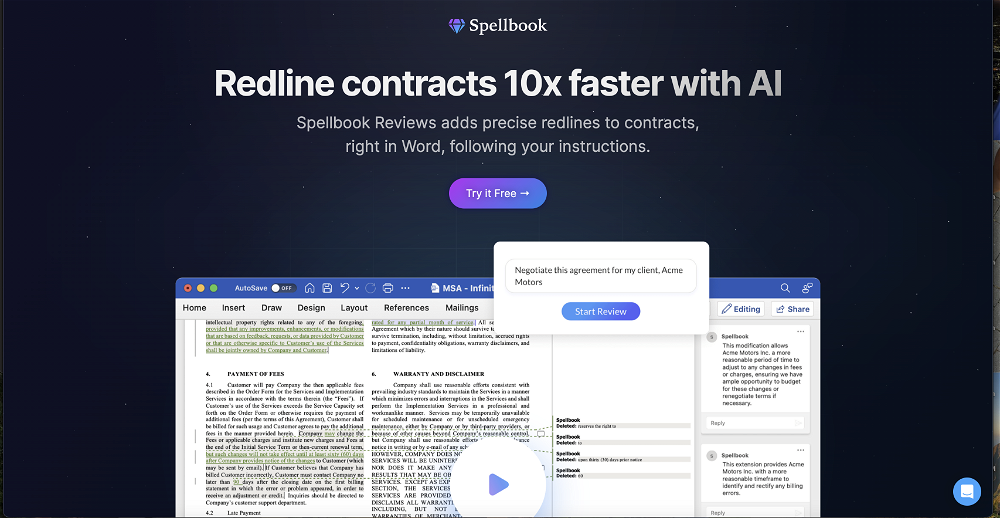 Easy to implement into my workflow and helps save time reviewing and drafting various legal documents
Easy to implement into my workflow and helps save time reviewing and drafting various legal documents -

-
 Very suprised about this tool. I like the design and the output. Looking forward to the upcoming developments
Very suprised about this tool. I like the design and the output. Looking forward to the upcoming developments -
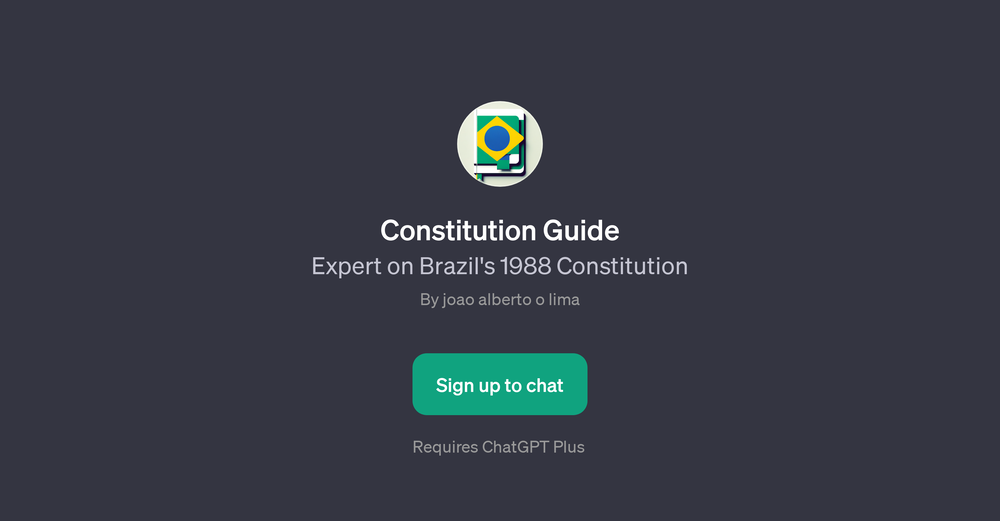
-
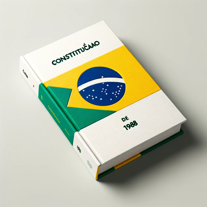 Open
Open
-

-
**Crime de Prevaricação** O crime de prevaricação é previsto no art. 319 do Código Penal Brasileiro (Decreto-Lei nº 2.848, de 7 de dezembro de 1940) e é definido como: "Retardar ou deixar de praticar, indevidamente, ato de ofício, ou praticá-lo contra disposição expressa de lei, para satisfazer interesse ou sentimento pessoal." Em outras palavras, o crime de prevaricação ocorre quando um servidor público, no exercício de suas funções, deixa de realizar um ato que lhe compete ou o faz de forma contrária à lei, com o objetivo de beneficiar alguém ou satisfazer um interesse pessoal. Essa conduta criminosa é punida com pena de detenção, de três meses a um ano, e multa. **Histórico** O crime de prevaricação foi introduzido no Código Penal Brasileiro em 1940, com a promulgação do Decreto-Lei nº 2.848, que consolidou a legislação penal brasileira. No entanto, a figura do crime de prevaricação já estava presente no Código Criminal do Império, de 1830, e no Código Penal da República, de 1890. ** jurisprudência** A jurisprudência brasileira tem consolidado o entendimento de que o crime de prevaricação exige a comprovação de que o servidor público agiu de forma dolosa, ou seja, com a intenção de beneficiar alguém ou satisfazer um interesse pessoal. Além disso, é necessário que haja uma relação de causalidade entre a conduta do servidor e o dano ou perigo causado à administração pública. **Fontes** * Código Penal Brasileiro (Decreto-Lei nº 2.848, de 7 de dezembro de 1940) * Código Criminal do Império (Lei nº 38, de 18 de setembro de 1830) * Código Penal da República (Decreto nº 847, de 11 de outubro de 1890) * Jurisprudência do Supremo Tribunal Federal e do Superior Tribunal de Justiça.
-

SpotlightCodeRabbitCode reviews
#1 website for AI tools.Used by 70M+ humans.




